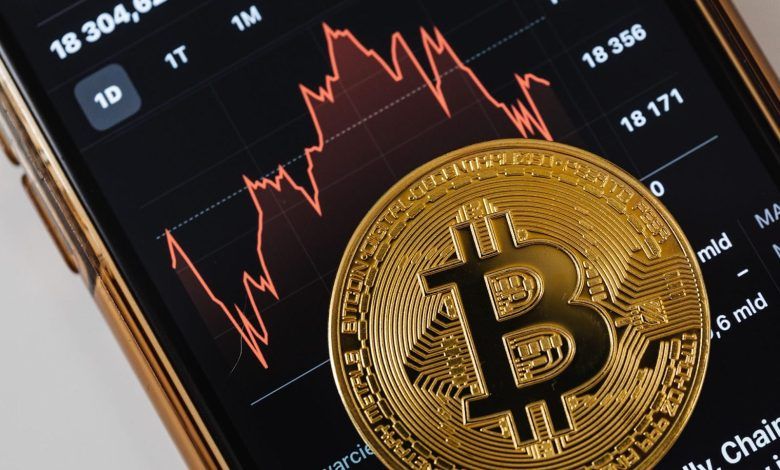
The cryptocurrency market has been rocked by a sharp selloff following the recent implementation of U.S. President Donald Trump’s tariffs on Chinese goods. In the wake of these measures, Bitcoin saw a 4.1% drop, trading at $76,550, while Ethereum endured an even steeper fall, losing 8.3% and hitting its lowest price point since March 2023.
Bitcoin’s decline intensified late Tuesday, falling briefly below the $75,000 threshold just hours before the tariffs came into effect. This marks a notable 30% decrease from its January high of $109,000, which was reached just before Trump’s inauguration.
Ethereum, the second-largest cryptocurrency by market capitalization, has experienced an even more severe downturn. At $1,435.43, it now sits 70% below its all-time high of $4,891.70, which was achieved in November 2021.
The selloff has not been limited to the top two cryptocurrencies. Other major altcoins have also taken significant hits. Dogecoin dropped 16.3% in the last 24 hours, while Solana and Cardano saw weekly declines of 18% and 23.7%, respectively.
According to CoinGlass, a platform that tracks liquidation data, the total liquidations in the crypto market reached a staggering $411 million over the past 24 hours, signaling widespread distress among traders.
This sharp downturn in the cryptocurrency market reflects broader instability in global financial markets. Asian markets saw steep losses on Wednesday, with Japan’s Nikkei 225 falling 2.6% and Australia’s ASX 200 dropping 2%. Meanwhile, the U.S. stock market also continued its slide, with the S&P 500 dipping 1.5% on Tuesday, bringing its total losses since mid-February to nearly 20%, signaling the potential onset of a bear market.
The turbulence in financial markets coincides with key movements in the bond market, where the 10-year Treasury yield surged between 4.2% and 4.4% late Tuesday, marking one of the fastest intraday increases since World War II. Additionally, the first Treasury auction of three-year notes since Trump’s controversial “Liberation Day” saw the weakest demand since late 2023.
Trump’s Tariff Escalation and Global Reaction
The intensification of the U.S.-China trade war came with the announcement of a 104% tariff on Chinese imports, following China’s failure to meet a deadline to lift its retaliatory tariffs. Press Secretary Karoline Leavitt confirmed that these new tariffs would take effect on April 9. Leavitt also reiterated President Trump’s stance, emphasizing, “The president, when America is punched, he punches back harder.”
Trump had previously declared April 4 as “Liberation Day” in a move to escalate his trade policies, announcing a new list of tariffs that was met with mixed reactions globally. While some nations sought to negotiate better trade terms, China responded with its own countermeasures, imposing a 34% reciprocal tariff on U.S. imports. In a strongly worded statement, China vowed to “fight to the end,” accusing the U.S. of engaging in economic “blackmail.”
The Trump administration has defended these measures, accusing China of using unfair trade practices and non-market policies to dominate key manufacturing industries and decimate U.S. industries.
The ripple effects of these trade tensions are being felt across global markets, as the latest tariffs and escalating trade war continue to create uncertainty, both in traditional financial markets and in the volatile cryptocurrency space.





